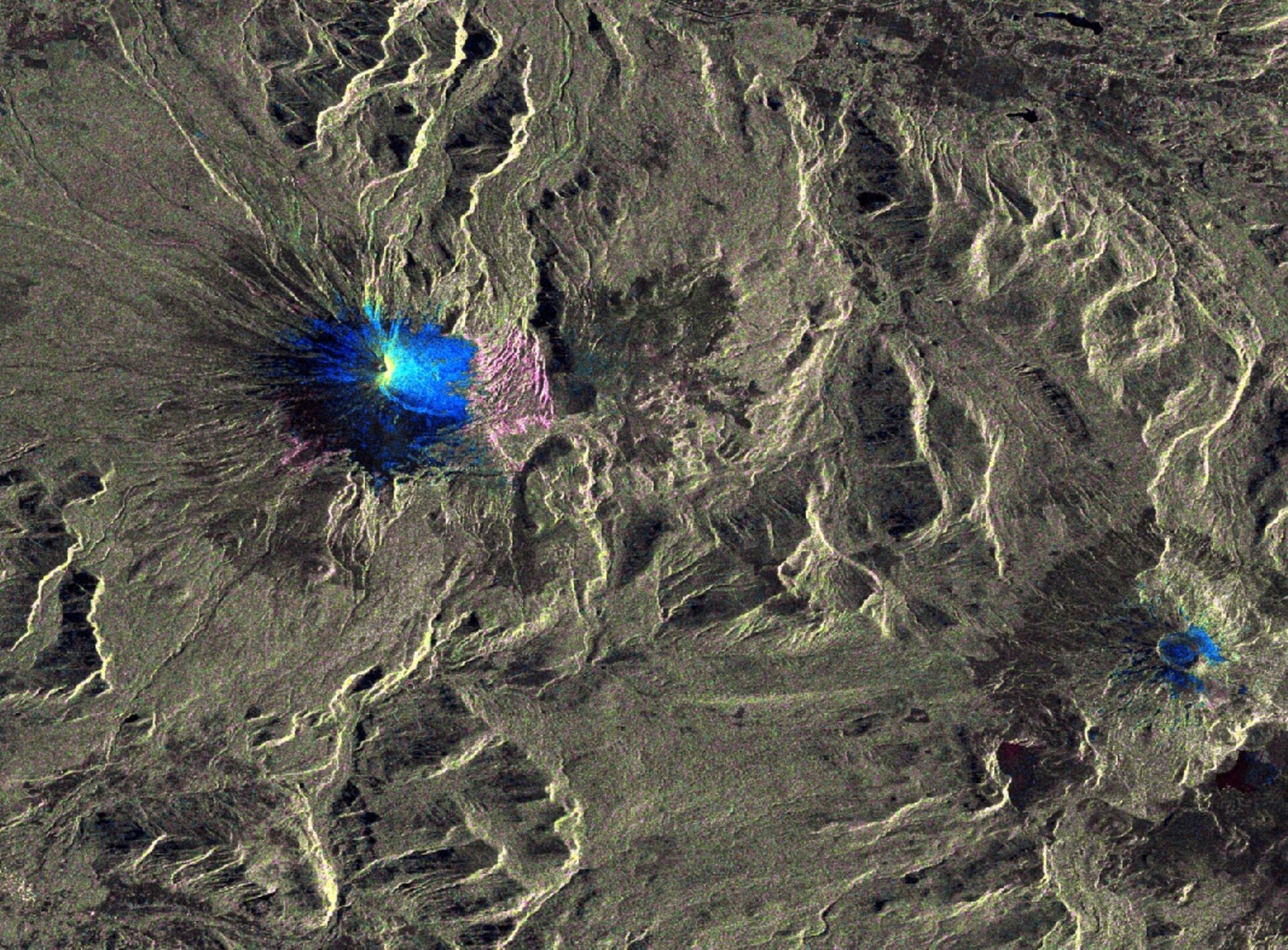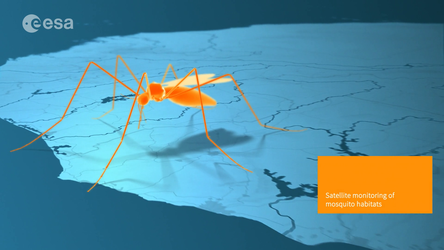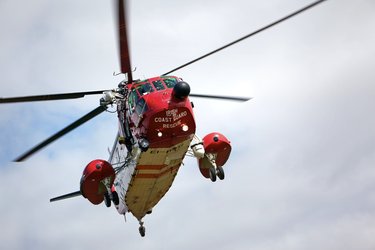When disaster strikes
Emergency services all over the world rely on space applications in their daily work. Pinpointing where the people in need are may seem an obvious but sometimes not so easy to answer problem. Getting the help to the affected areas is therefore one of the key issues when dealing with such catastrophes. How to predict natural disasters and prevent them from having major effects on society is an entirely different issue, but one that can also be solved from space.
Places all over the world are being hit daily by natural disasters. Earthquakes, tsunami's, floods and other natural catastrophes cause devastation to local communities. In the aftermath of such events it can be hard to set up emergency plans due to a lack of facilities, structure or simple communication possibilities.
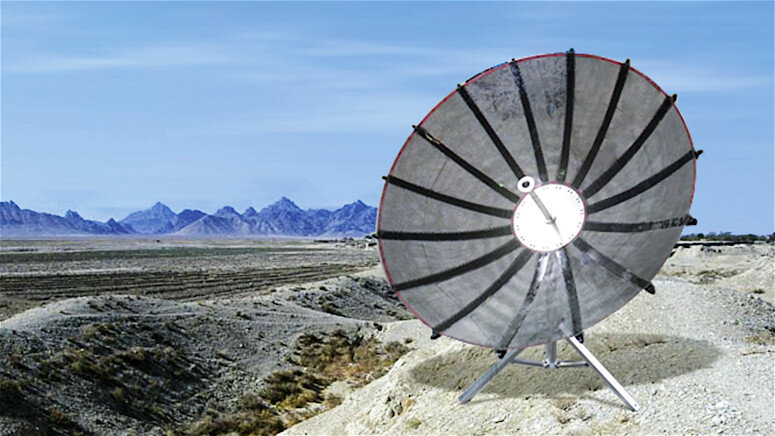
A reconnection to the global network can in such cases already alleviate some of the practical problems involved. ESA has developed a novel antenna that can be set up in under 5 minutes and can reconnect those present in an affected area to the internet in no time. People can call the emergency services, extraction plans may be set up and just simply getting in touch with lost family members can already alleviate a lot of the stress involved.
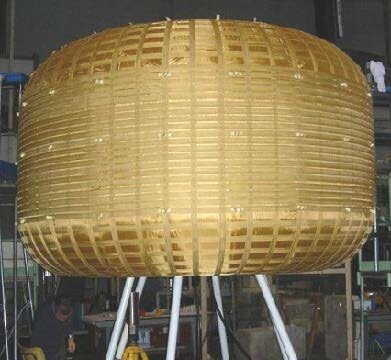
Some of the basics needs of humans when presented with disaster are of course shelter, clean water and food. Although "shelter" in the space industry has a slightly different meaning from that for Earth applications, the lessons learned from building habitats suitable for survival in space can definitely be applied in emergency areas. Inflatable habitats designed for possible future missions to the moon and Mars have already been employed in disaster areas.
Potable water is of course also essential for survival. Through various ESA projects a range of solutions has been found for providing drinkable water in disaster areas. These range from waste collectors, which prevent contamination of any available water resources, to sophisticated recycling systems that can produce drinkable water from contaminated or wastewater. Furthermore, satellite data can be used to discover which areas are affected by the flood or earthquake and as such an overview can be made of where food/water resources are still available.
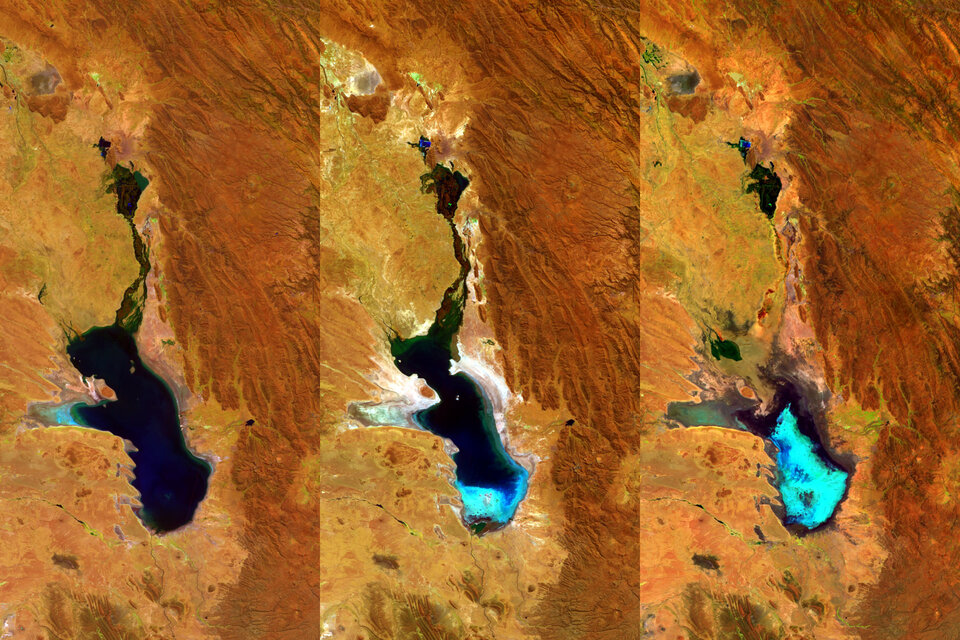
Through ESA's extensive Earth Observation Programme a whole range of data on Earth's health has been taken over the years and by compiling this data predictions can be made on where and how hard natural disasters may strike. These huge amounts of data can also be used to identify vulnerable areas on Earth that may be affected more if for instance the temperature rises or if a flood were to occur. Helping local communities to provide their own food, water and shelter as soon as possible after a natural disaster will lead to fewer lives being lost and a brighter future for the whole region.


